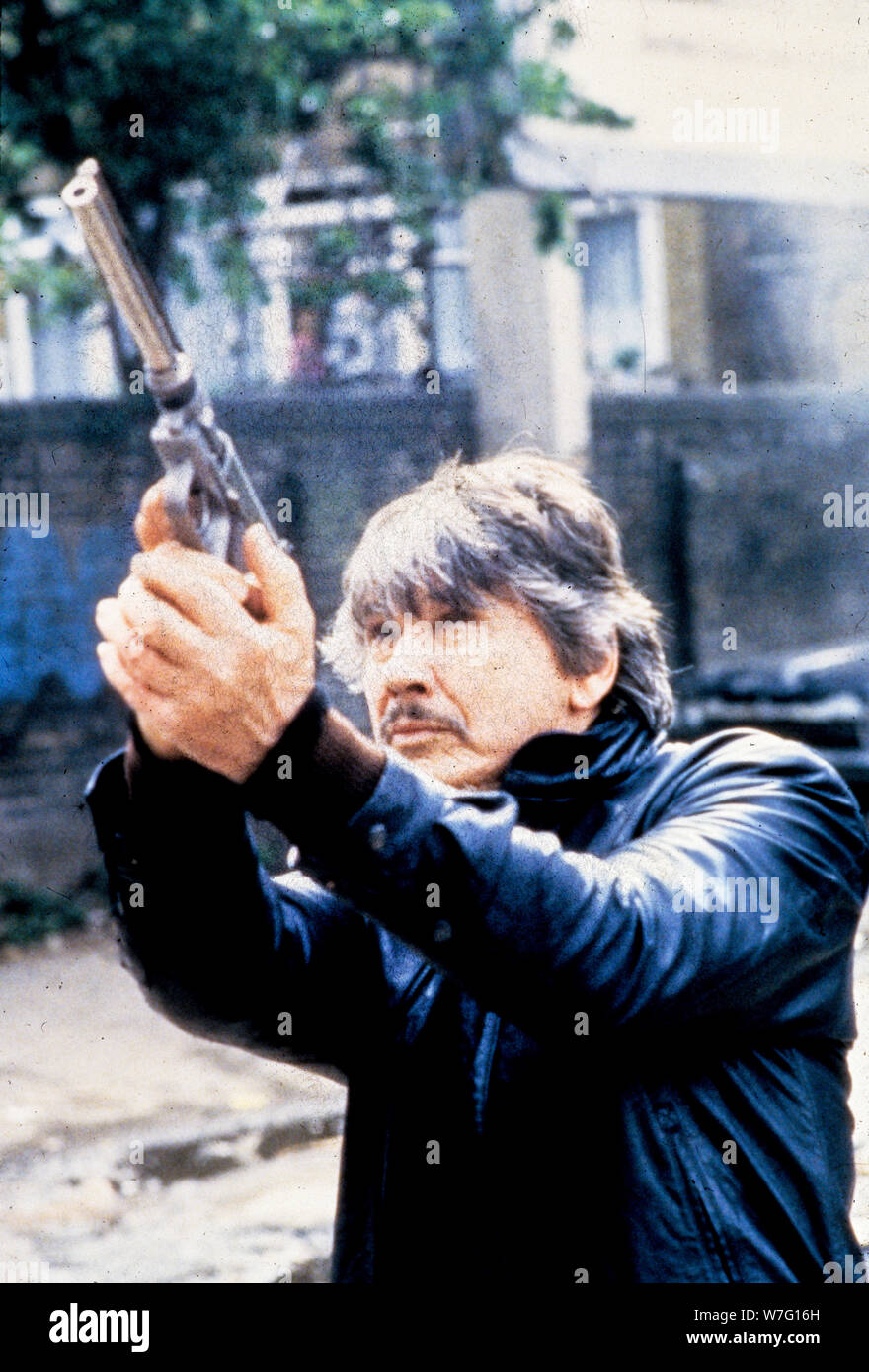

Michael Winner is a director who has a bad reputation – Tim Healey’s The World’s Worst Movies (1986) devotes an entire chapter to Winner’s oeuvre. For the next decade-and-a-half after Death Wish, Charles Bronson would find himself typecast in these vigilante avenger roles in films like 10 to Midnight (1983), The Evil That Men Do (1984), Murphy’s Law (1986), Assassination (1987), Messenger of Death (1988) and Kinjite: Forbidden Subjects (1989), as well as four Death Wish sequels.ĭeath Wish was made by Michael Winner. Bronson came into his own back in the US in the early 1970s in crime films such as The Mechanic (1972), The Valachi Papers (1972) and The Stone Killer (1973), although it was Death Wish that made him a star.

He appeared throughout the 1960s in films like The Dirty Dozen (1967) and especially found employment in Italy in a host of Spaghetti Westerns, the most well known of these being Once Upon a Time in the West (1968). Bronson had been working steadily as an actor since the 1950s and began to earn a name for himself following a supporting role in The Magnificent Seven (1960).
DEATH WISH CHARLES BRONSON MOVIE
Eastwood’s Dirty Harry and Charles Bronson’s Paul Kersey here fairly much created the action movie hero between them – gun-toting anti-heroes who fought according to their own notion of what was right, were not afraid to take on vastly outnumbered forces and exacted swift and brutal justice at the end of a gun barrel.ĭeath Wish was also the point when Charles Bronson began to become a screen presence (you could hardly call Bronson an actor).

And then there was Dirty Harry (1971) and sequels, which took the detective hero into decidedly grey moral areas – Dirty Harry was a loner who wiped scum off the streets and expressed contempt for the lily-livered bureaucrats who created rules that allowed the guilty to go free.
DEATH WISH CHARLES BRONSON CODE
Clint Eastwood led the way with his Spaghetti Westerns, which depicted the hero as a loner who operated according to his own code and frequently killed. By the late 1960s however, classic heroism was starting to slip. The villain was equally clearcut – in fact, many Westerns made the issue clear by having the hero in a white hat and the villain in a black hat. There the hero, usually embodied by John Wayne, stood up for what was right and decent, was usually on the side of law and order or fighting to tame lawless elements of the wild frontier. The hero’s most popular medium was in The Western. Before the 1960s, the concept of the hero was fairly black-and-white.


 0 kommentar(er)
0 kommentar(er)
